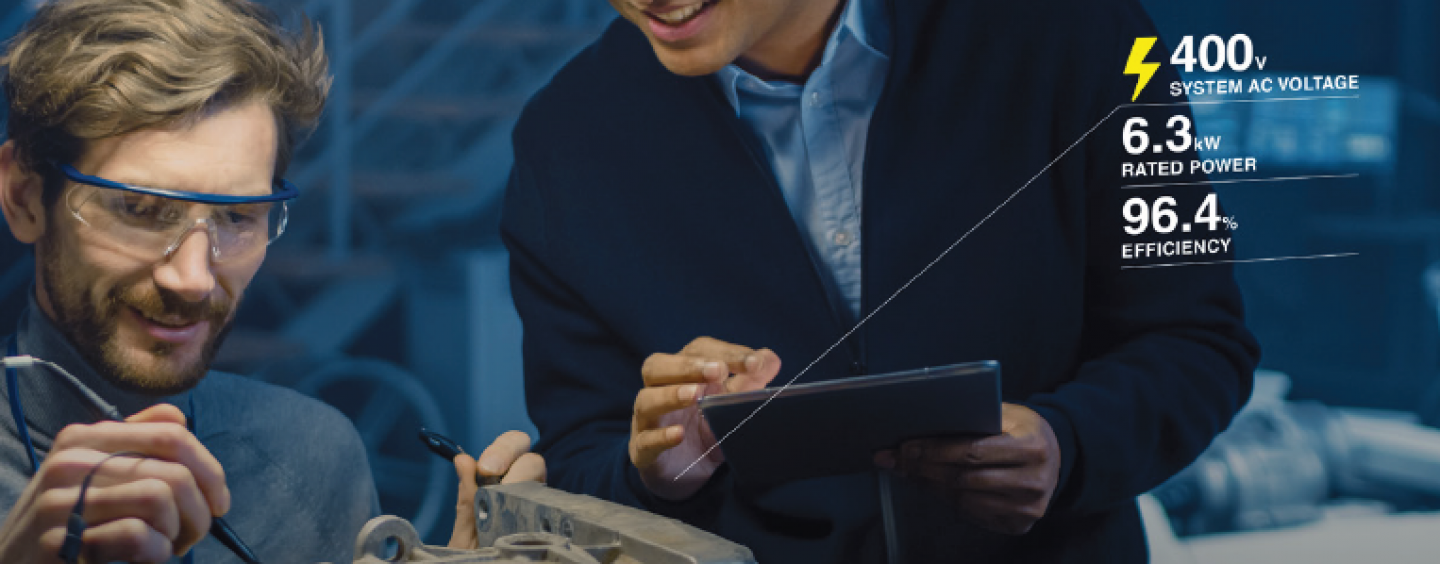With everyone thinking more about reducing global warming and carbon footprints, many governments, businesses and consumers are concerned to do their bit to reduce energy consumption. Initiatives such as the European energy efficiency directive to encourage better generation and use of energy, combined with volatile fossil fuel prices, are making hybrid and electric vehicles the way forward for transportation.
For consumers, the major barriers to going for electric vehicles are charging infrastructure, range anxiety and cost of ownership. But, with over 250,000 charging stations across Europe, shortened charging times, and batteries offering greater range at ever declining prices, these barriers are starting to come down. ING estimates that high range battery electric vehicles will become cost competitive (on total cost of ownership) with a comparable petrol car in 2024.
As governments start to introduce legislation to phase out production of internal combustion engine vehicles, most major vehicle manufacturers, such as Jaguar Land Rover, GM, Toyota, Nissan, Volvo, Ford and Daimler have committed to an all-electric future. In fact, a new report by Bloomberg New Energy Finance and McKinsey & Company suggests that by 2030, electric vehicles will be a dominant mode of transport.
New challenges
As all these socioeconomic, political and technological trends come together, automotive manufacturers are now faced with new challenges as they chase excellence in safety, performance and efficiency.
This means they need to extract maximum efficiency from the charging system, the power train and components of the extended vehicle system. Manufacturers are looking at putting more and more communications into a car, which consumes more energy – if as a driver, you start using all your lights and switching on other things, such as communications, you will start draining the battery which in turn will start to affect the performance of the car.
Ensuring the battery matches these extra loads efficiently involves a variety of tests across the development and production life cycles to ensure adherence to international standards like WLTP, NEDC, ANSI, SAE and other internal standards for safety, quality, performance, durability, and emissions.
As well as research and development, manufacturers must pay attention to how they will test their electric vehicles during production. Car makers also conduct more testing than previously to see how cars perform in the field in different climate conditions.
Beyond the factory, there will also be a testing regime that forms part of after sales activity. Dealers will need the ability to test if the battery is actually delivering the energy specified and if it does not show abnormal deterioration behavior. Systems such as regenerative braking will also need testing. Another issue is the growing number of sensors on the car, which are particularly critical for autonomous driving – there will need to be a new skill set for the after sales market so they can understand how these sensors work and the safety issues behind them.
Optimizing for efficiency
Despite efficiencies that far outstrip traditional Internal combustion Engines (ICE) vehicles, electric cars could do with improvements in charging infrastructure, range anxiety and pricing to encourage mainstream adoption. Advances in power semiconductors, charging technologies and drivetrain systems, however, give cause for optimism about the affordability of electric vehicles as manufacturers look to optimize powertrains, vehicle communications, braking efficiency, suspension systems and more.
To achieve lower emissions, greater efficiency and longer distances, automotive manufacturers will need reliable measurement solutions to extract accurate and actionable insights across the development life cycle.
Power trains typically need multi-channel DC and AC analysis along with physical parameters such as rotational speed, fuel injector pulse times and crank angles, which are measured from sensor signals, rotary encoders etc. Developing individual components in the early stages may only need waveform analysis at limited accuracies, but it is a different story when a multi component subsystem or system is concerned – in this case, optimizing the system is favored over an individual component.
Optimizing for efficiency in this ecosystem of components, systems and subsystems will take consistently reliable measurements, as well as systems that show multiple data inputs and how both mechanical and electrical events affect each other.
Innovation and measurement
To aid these measurements, Yokogawa has launched its DL 950 ScopeCorder. Combining the benefits of an oscilloscope and a recorder, it offers a large number of channels and the ability to take measurements over long periods of time. Using the DL950, developers can combine electrical measurements with mechanical measurements, as well as vehicle communication bus measurements.
One challenge faced by automotive engineers is bringing several test instruments together to form a coordinated measurement system. This challenge is met by the Yokogawa IS8000 Integrated Measurement software platform, which tightly integrates the timing, control, and data collection from several instruments.
The IS8000 makes it easier to debug and analyze data, as you can see all measurements on a single display.
The latest update to Yokogawa’s WT5000 Precision Performance Analyzer allows the user to capture raw waveform data time-synchronously with the numeric measurement data. Both the raw data and numeric data are sent directly to the test bench software. This means that abnormalities in the numerical measurements can now be compared directly with the waveform data, allowing their causes to be investigated and understood more quickly.
With these innovations in measurement, electrical vehicle manufacturers can ensure their products meet the expectation of consumers and governments and can play their part in saving energy and protecting the environment.
To learn more about Yokogawa’s solution for electrical vehicle measurements, go to:
Learn more about automotive testing and power measurements across the development cycle.



No Comments so far
Jump into a conversationNo Comments Yet!
You can be the one to start a conversation.